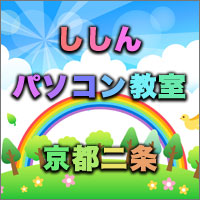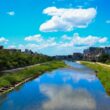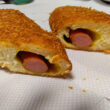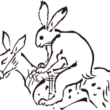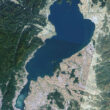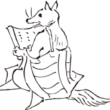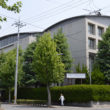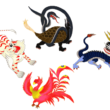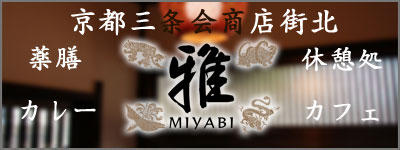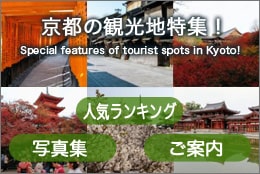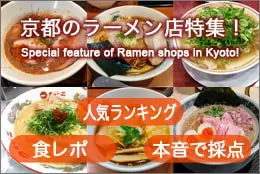Gion Festival
Posted date:2023-07-14Author:じゅうべい(Jubei) Transrator:ポンタ(Ponta)
Category:Talk about Kyoto
広告
adsense4
Conchiching, conchiching.
Oops, looks like it’s that time of year again.
Kyoto in July is filled with the Gion Festival with its Gion music. The highlight of such Gion Festival. This festival has a history of more than 1,000 years, and is a month-long celebration of Yasaka Shrine that takes place from July 1 (Kichibu-iri) to July 31 (Natukoshimaturi at Epidemic Shrine). Among them, the Yamaboko-junko procession on the 17th (Mae-maturi) and 24th (Ato-maturi), as well as the Yoiyama festivals, attracts large numbers of visitors, and the city of Kyoto is enveloped in the excitement of the festival. Yoiyama, by the way, is the general term for the three days before the Yamaboko-junko (July 17 and 24), the main event of the Gion Festival and is a kind of eve festival.
Well, the Gion Festival is such a festival, it is not just a fun festival.
This is said to be the beginning of the Gion Festival.
Later, with the rise of the Gion Shrine, it was called the “Gion Goryokai,” and this name was abbreviated to simply “Gion Kai.”
In the beginning, the festival was held irregularly only during epidemics, but from the first year of the Enryu Emperor’s reign (970), it has been held on June 14 every year. During this period, it temporarily ceased to exist due to the Hogen and Heiji wars, but was revived during the Ashikaga period (1467-1568), and records show that the Ashikaga shogun, his wife, and others viewed it.
Thus, the Gion Festival is a festival with a long history that originates from the Goryo-kai, which is a festival to contain evil spirits that bring plague and disease (evil plague).
adsense2
The highlight of such Gion Festival.
It is of course the Yamaboko Junko, a procession of floats passing through the streets.

There are many attractions such as the “kuji-aratame” to check the order of the parade and the dynamic “tujimawasi” (street parade). The beautiful embroidery, imported textiles, and other ornaments called “kakezouri” or decorations for the mountains and floats, are also, to my surprise, quite splendid.
The pageant is a gorgeous and spectacular event, also known as a “moving museum.”
That’s what’s unfolding here.
Then comes Yoiyama, when the sun sets, the Komagata lanterns are lit, and the Gion music is played while the floats and mountains are viewed.

This moment is the perfect opportunity to enjoy the summer atmosphere of Kyoto at night.

It is crowded with many people every year. After all, this is what a festival should be like. Now, if you’re reading this, you should go and take a look. Don’t say “when you feel like it.”
Gion Festival
Mae-Maturi: From July 17 9:00 A.M. / Ato-Maturi: July 24
During Yoiyama of Mae-maturi (July 14-16), Karasuma-dori and Shijo-dori become pedestrian zones in the evening of July 15 and 16, and many stalls are set up on Karasuma-dori, Muromachi-dori, and Shinmachi-dori, creating a lively festive atmosphere. During Yoiyama of Ato-maturi, there are no pedestrian zones or stalls, so visitors can stroll around calmly in the fantastic atmosphere of the original festival.
Author
じゅうべい(Jubei)
Hello everyone. I am Jubei, an earthling whose energy does not stop today. What I like is playing (manga, movies, music (J-Rock, etc.) and visiting cafes). Thank you for your understanding.
